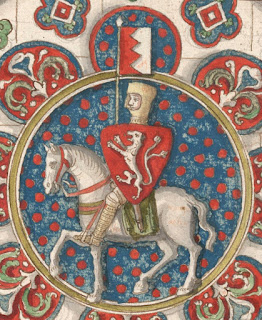More on Fouk Fitz Warine
Guest post by Adrian Price Dr Adrian Price is a former Senior Lecturer in Welsh at the University of Glamorgan and during that time he also lectured on Welsh and Celtic history. Picture of Whittington Castle Gatehouse, by Attic Tapestry, via Wikipedia Creative Licence. A few days ago I published a blogpost titled Whittington Castle and the romance of Fouk Fitz Warine Delighted to find that a WWW contact of mine, Adrian Price, had written a longer and more thorough piece about Fouke Fitz Warine, which originally appeared in an anthology titled 'Bandit Territories : British Outlaws and Their Traditions' edited by Helen Phillips , first published 2008. And have agreed...





